
CHamoru/Chamorro Women’s Legacy of Leadership
CHamoru women have a legacy of leadership that helped keep the culture and history of their people alive. The earliest accounts of ancient CHamoru society

CHamoru women have a legacy of leadership that helped keep the culture and history of their people alive. The earliest accounts of ancient CHamoru society
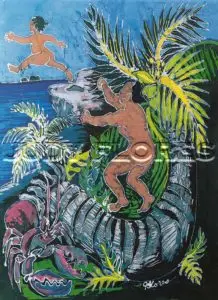
The legend of Puntan Påtgon (Child’s Point) is a folktale about a powerful man who becomes envious of his child’s superior strength:
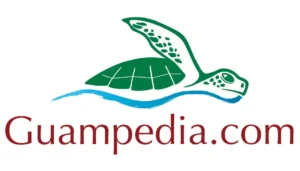
Maga’låhi Yula (also spelled Hula or Yura) was a chief from the village of Apotguan in Hagåtña, who is best known for sparking a Chamorro/CHamoru
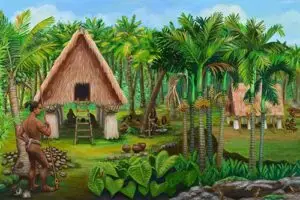
Maga’låhi Tolahi (also spelled Tetlaje or Torahi) was a chief from Tachuc (immediately south of Malesso), who fearlessly led the southern villages in resistance to
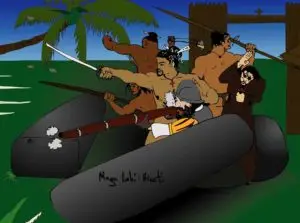
Not all CHamorus fought valiantly against Spanish occupation. There were some who chose to side with the Spanish for a variety of reasons.
Kepuha (also spelled Quipuha) was a maga’låhi from Hagåtña, whose role in welcoming Spanish missionaries to Guam makes him a controversial figure in the island’s
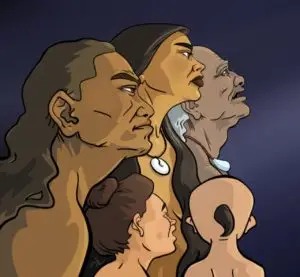
A maga’låhi was the first born, high ranking (matua) male head of a CHamoru clan, a role inherited through his maternal lineage. Manmaga’låhi and manmaga’håga
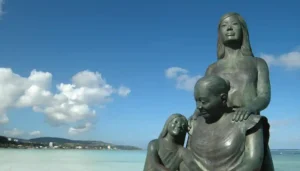
A maga’håga was the first born, high ranking (of the matua caste) female head of a CHamoru clan, a role inherited through her maternal lineage.
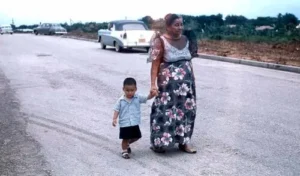
Poksai is a CHamoru verb meaning “to nurture.” It refers to the common Pacific Islander practice of informal adoption among extended family members.
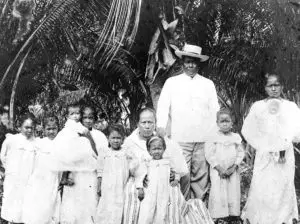
Familia, a Spanish word meaning family, has a more inclusive definition in CHamoru. The term familia includes not only one’s immediate family members, but the